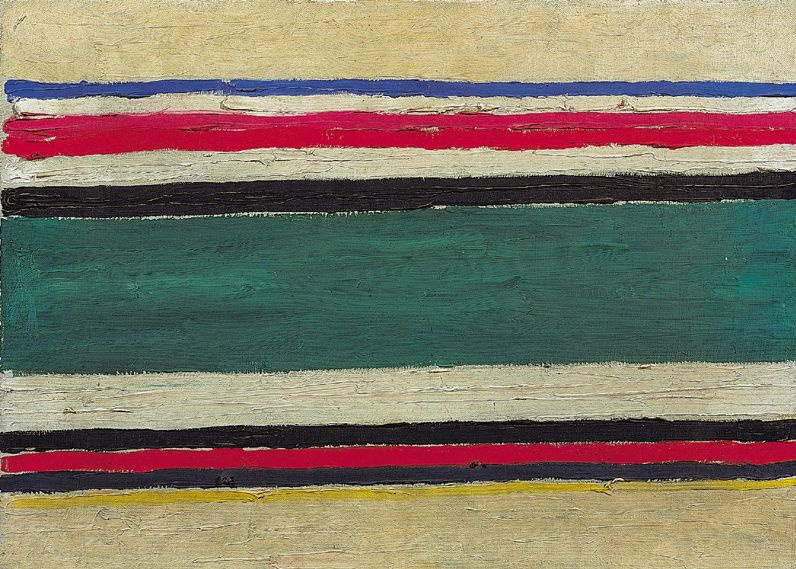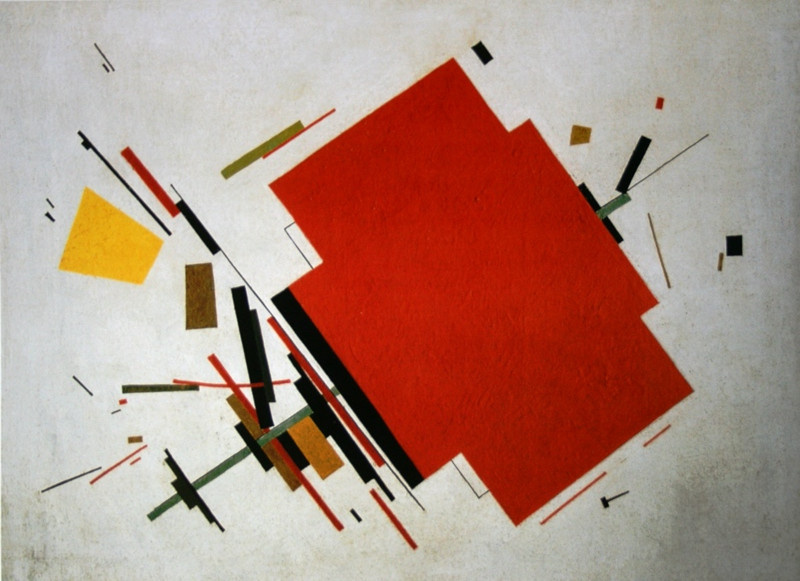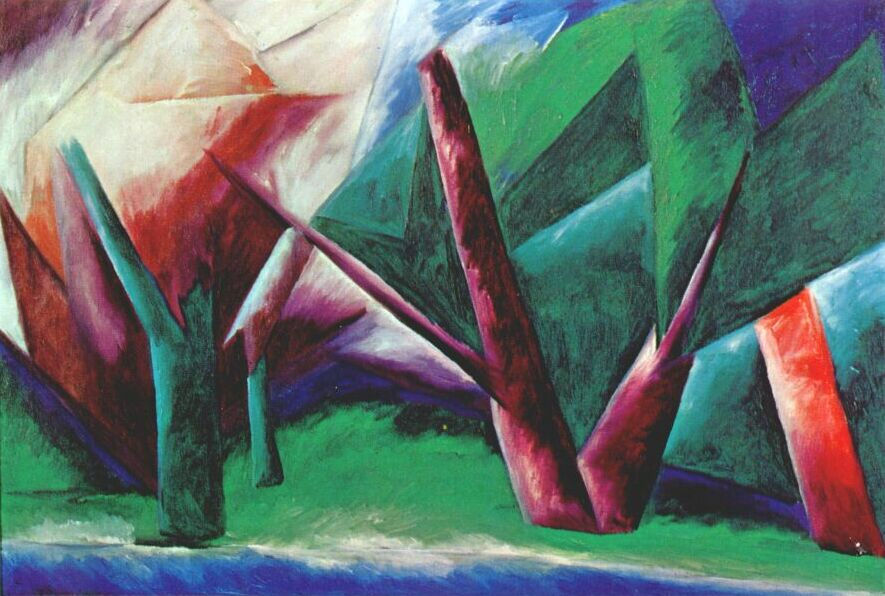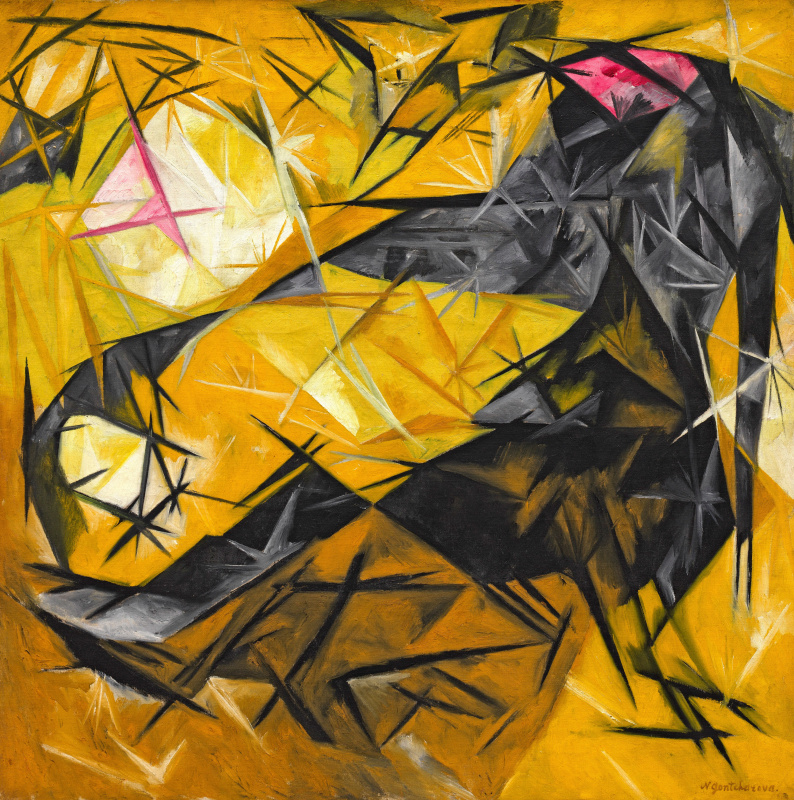
Good chance comes at once
Regarding the Russian avant-garde , this branch of painting has a rather deplorable status in the art market. On the one hand, the high demand for Soviet modernists among the Western public led to the fact that they began to be faked on an industrial scale. And due to the fact that no one carefully monitored provenance, that is, the direct history of the canvases moving from one hand to another, during the times of the USSR (due to the specifics of the then art market, or rather, its legal absence, it was impossible), the authentication is problematic. After all, it is impeccable provenance that traditionally plays a decisive role in the attribution of paintings in the West.Since it wasn’t customary to officially record transactions for the sale of works of art in all of the USSR, in order to restore the history of a picture, one does not have to study archives, but contact relatives who could confirm or deny its authorship. However, even in such cases, it is difficult to accurately determine the authenticity of the work.
It comes to funny things. So, in 2014, Italy hosted the exhibition "Russian Avant-Garde: from Cubo-Futurism to Suprematism", where, according to the organizers, the works by Malevich, Goncharova, Lentulov and Kliun from private collections, many of which have never been exhibited before, were presented. Russian experts, such as art critic Andrey Sarabyanov, one of the authors of the Encyclopedia of Russian Avant-Garde, and Tatyana Goryacheva from the Tretyakov Gallery questioned the authenticity of the paintings at the exhibition. And although the curators claimed that it was confirmed by the laboratories of the Polytechnic Institute of Milan, they delicately glossed over the origin of certain works.
Aristarkh Lentulov
Woman with Harmonica, 1913
One Chagall, two Chagalls
Fraudsters don’t usually risk making copies of famous paintings, the location of which is well known — for sure, no one will take a direct offer to buy, say, the original "Black Square" for serious. But some run the risk of duplicating less known works, hoping that they would never hit the market from a private collection, and the copy would not be exposed.That’s what Ely Sakhai, a US dealer, did. He made copies of the paintings he acquired and sold them to Japanese collectors, attaching a real certificate of authenticity to them. He hoped that the fakes would settle in the Far East and would never intersect with the original. So he bought the The Purple Tablecloth by Marc Chagall for 312 thousand dollars, sold its copy to a Japanese collector for more than half a million, and then got rid of the original by selling it several years later for 626 thousand dollars.
Made by Chinese
One of the most grandiose scams in the art world turned out to be lucky from 1994 to 2009 for the former art dealer Glafira Rosales. She managed to sell fake paintings by Jackson Pollock, Robert Motherwell, Mark Rothko and other artists through the infamous Knoedler Gallery. When the truth surfaced, it led to the closure of the gallery and the arrest of the go-getter lady. However, by that time, she sold 31 works worth more than $ 80 million.The real author of the works was the Chinese Pei-Shen Qian, who lived in New York. He copied the originals so skilfully that his paintings were borrowed for exhibitions by curators from the National Gallery of Art and the Guggenheim Museum. In their defence, we can only note that the Knoedler gallery at that time had a one and a half centuries history and an impeccable reputation, which contributed the possibility of such frauds.

Source: apnews.com

The producers of fake masterpieces sometimes turn out to be so talented that their paintings occupy places in special exhibition halls intended for the best fakes, and individual museums are engaged in their collecting.
One of the works by Pei-Shen Qian, performed "à la Rothko", was honoured to open the exhibition "Treasures on Trial: The Art and Science of Detecting Fakes" at the Winterthur Museum (Delaware, USA). Thus, for some artists, the path to their 15 minutes of fame goes through deception.
Photo of the Pei-Shen Qian painting in the manner of Mark Rothko: winterthur.org

















